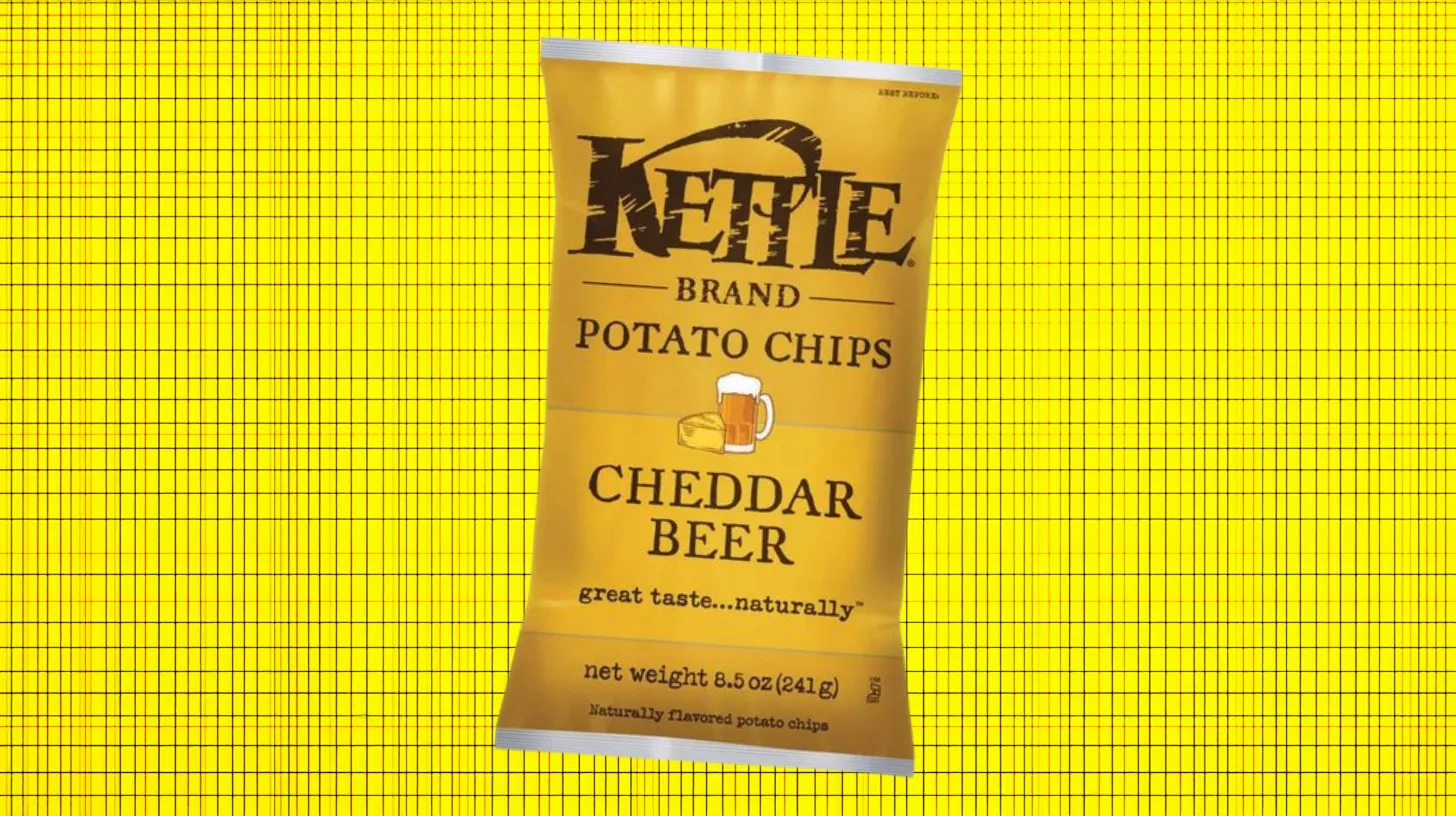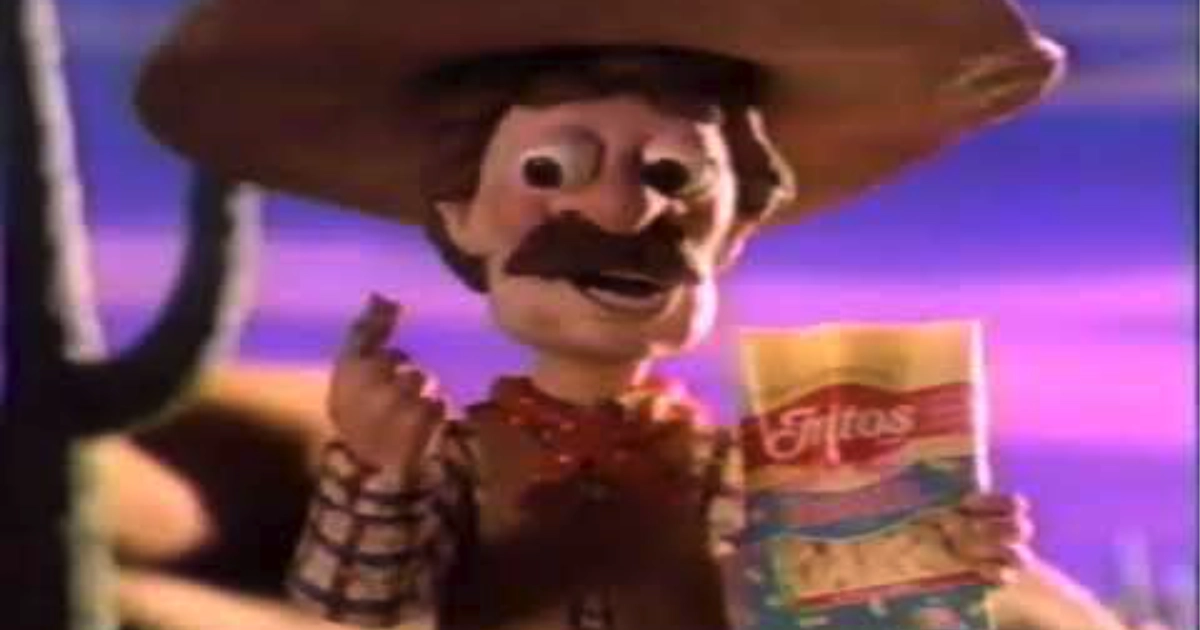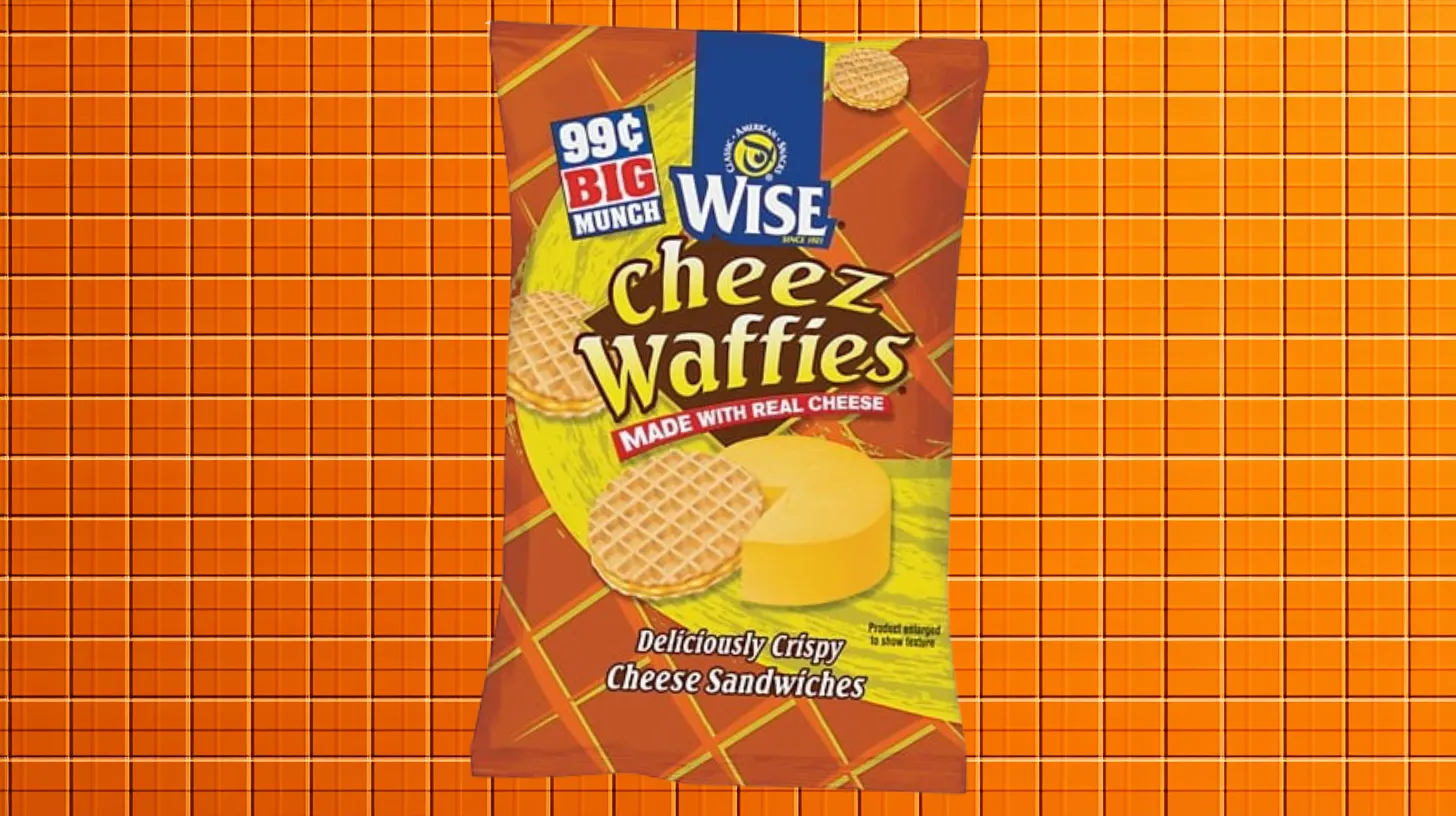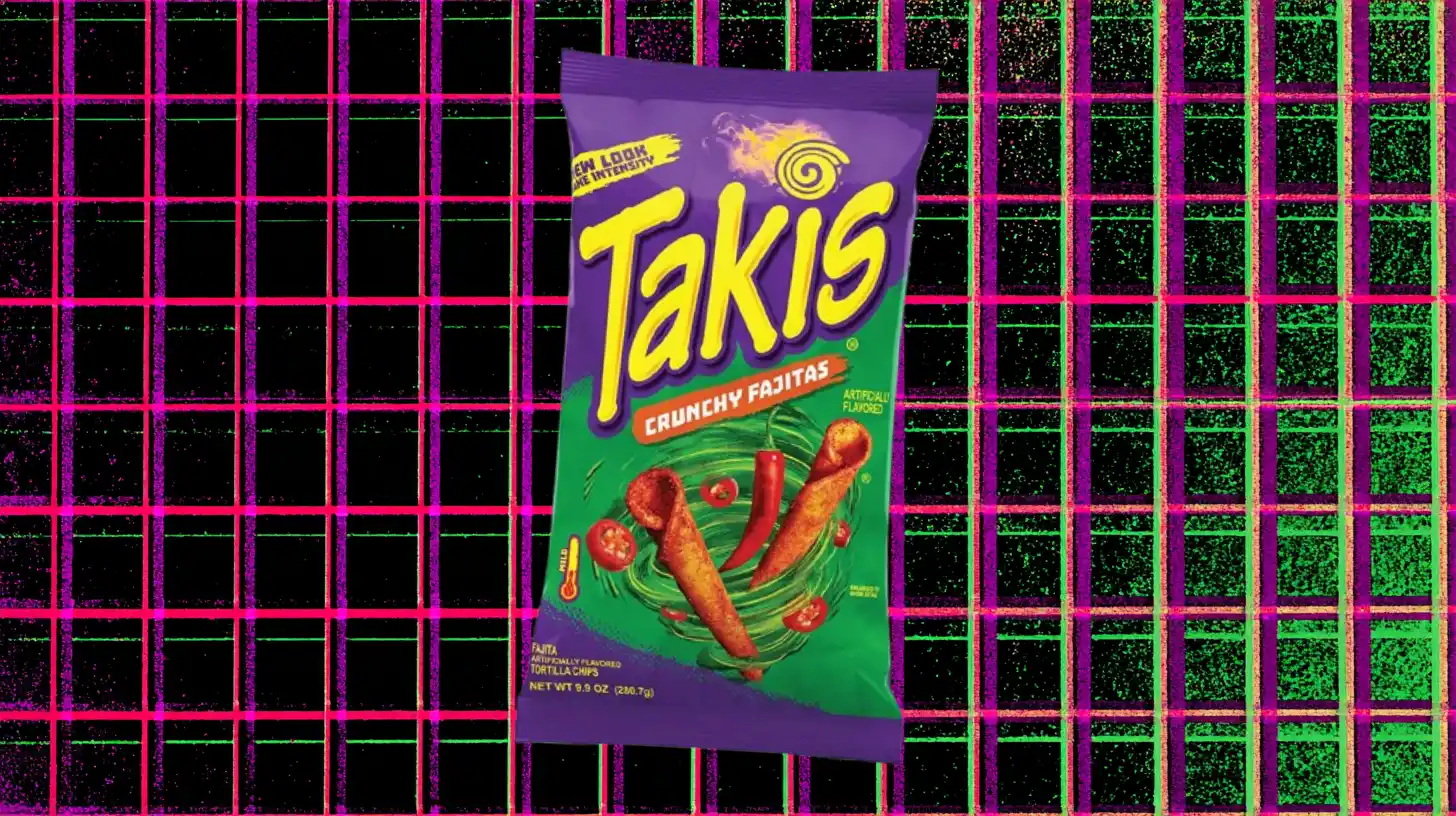.webp)
Frito-Lay / Pringles

Discontinued: 1920s
Legend has it that in 1853, an annoyed chef named George Crum at Moon’s Lake House in Saratoga Springs decided to teach a fussy customer a lesson. When Cornelius Vanderbilt (allegedly) complained his fried potatoes were too thick, Crum sliced them paper-thin, fried them to a crisp, and loaded them with salt.
The prank backfired spectacularly, and Vanderbilt loved them!
These “Saratoga Chips” became the talk of New York’s elite social circles. Wealthy families would order sterling silver serving pieces from Tiffany just to serve them properly. The chips were so popular they spawned the chip industry. Later, Herman Lay genericized the name to “potato chip” in the 1920s.

Discontinued: 2007
William “Buddy” Croft had vision. In 1905, he opened what most food historians believe to be the first commercial potato chip production facility in Salem, New Hampshire.
The genius? Fresh chips sold directly from the factory in white plastic buckets, featuring New Hampshire’s iconic Old Man of the Mountain on the logo.
For over a century, locals could smell the chips cooking from miles away on Route 28. The aroma became Salem’s unofficial welcome sign.
Famously, President Eisenhower visited New Hampshire. You can see a photo of him tearing into a bag of Granite State Chips. The company lasted 102 years before closing in 2007.

Discontinued: 2023
Daniel W. Mikesell started small in 1910. Really small. He delivered dried beef, sausages, and potato chips around Dayton, Ohio, on a bicycle.
When his bike needed repairs, he’d take it to a little shop run by two enterprising brothers, Orville and Wilbur Wright. Yes, those Wright brothers.
Mikesell’s grew to become the “oldest continuously operating potato chip company in America.” They survived 113 years, two world wars, the Great Depression, and countless competitors before finally closing in 2023.
Mikesell’s chips were a Dayton tradition, the go-to snack for church dinners, family gatherings, and Friday night football games.

Discontinued: 1995
Blue Bell didn’t just make chips; they invented the modern chip bag.
In the 1960s, when everyone else was using flimsy bags, Blue Bell sealed its chips inside cardboard boxes. No more crushed chips in your lunch bag. No more stale disappointment at the bottom of the container.
The bright packaging and smoky BBQ flavor made them a favorite throughout the ’60s and ’70s. They were the chip of choice if you cared about quality.
Blue Bell’s downfall? They couldn’t find a buyer when the founders wanted to retire. The company closed its factories in 1995, taking their innovative packaging concept with them.

Discontinued: 1980s
Some brands die because of changing tastes. Others die because of bad marketing.
Daddy Crisps promised maximum crunch and 100% natural ingredients. Nothing artificial, nothing preserved. Just pure, fresh potato chips.
But marketed their chips with the tagline: “Love your daddy.”
The weird undertones didn’t age well. The product was actually good, audibly crunchier than competitors. But the marketing campaign killed it.
.webp)
Discontinued: 1993
The story starts at Disneyland in the 1960s, where Frito-Lay executive Arch West discovered a small taco stand serving fresh tortilla chips.
Inspired, he created America’s first nationally available tortilla chip in 1966. Simple, toasted corn, but no cheese powder, or no bold flavors. He called them Doritos.
Original Doritos paved the way for every flavored variety that followed. But by 1993, the plain version couldn’t compete with its flashier siblings. Nacho Cheese and Cool Ranch would become the brand’s top sellers.

Discontinued: Unknown
What do you get when you cross a potato chip with a corn chip? Joey Chips were General Mills’ attempt to have the best of both worlds.
Half potato, half corn. It sounded like it could work...
It didn’t.
Sadly, nobody really liked Joey Chips, and it disappeared quietly after failing to find its audience.

Discontinued: 1980s
Planters weren’t content making just peanuts. In the 1970s, they took on Pringles with their own stackable potato chips in cylindrical containers.
Planters’ chips were ridged, giving them a crunchier texture than Pringles’ smooth surface, kind of like modern Ruffles.
Their ads were memorable too. One commercial featured a nun declaring that 13 out of 14 sisters preferred Planters to “the other brand,” saying they tasted “more like the potatoes I used to get back in Donegal.”
Despite clever marketing and superior crunch, Planters couldn’t overcome Pringles’ head start. The chips were discontinued, though vintage cans still sell for premium prices on eBay.

Discontinued: 1989
O’Grady’s weren’t just thick—they were three times thicker than regular chips, with double the salt. And when you bit into the Au Gratin flavor, they oozed cheese.
They were a sensation in the 1980s. So popular that PepsiCo acquired the brand in 1984. Then, they killed it.
Why? O’Grady’s was cannibalizing sales of Lay’s more profitable (but inferior) brands.
Fans have never forgiven this corporate betrayal. Many consider Ruffles Extra Thick a pale imitation of O’Grady’s legacy.

Discontinued: 1999
“Rip into something wild!” was the slogan of Tato Wilds. This product was Keebler’s attempt to capture the extreme sports energy of the late ’80s.
Waffle-cut for maximum texture. Bold packaging. Aggressive marketing aimed at young thrill-seekers who wanted their snacks as radical as their Mountain Dew.
But the ’90s moved on from “extreme” everything, and Tato Wilds didn’t evolve. By 1999, they seemed dated rather than daring.

Discontinued: Mid 1990s
Crunch Tators achieved something most snacks never do, movie stardom. They appeared in the 1990 classic “Home Alone,” sitting next to a Pepsi while Kevin McCallister watched “Angels with Filthy Souls.”
These extra-thick chips came in two flavors: “Hoppin’ Jalapeño” and “Mighty Mesquite BBQ.” The crunch was legendary, years before kettle chips went mainstream.
Despite the Hollywood exposure, Crunch Tators were discontinued by Lay's in the mid-’90s. But later on they returned as limited holiday exclusives at Dollar General in 2022.

Discontinued: Late 1990s
Keebler’s elves outdid themselves in 1991. They created chips made from actual pizza dough, available in Cheese Pizza, Pizza Supreme, and Zesty Pepperoni flavors.
The launch was Keebler’s most successful ever. Selling over $75 million worth of chips in the first year. They earned marketing awards and introduced the first teenage Keebler Elves (JJ and Zoot) with the tagline: “Tastes like real pizza, only louder.”
Then corporate tragedy struck. When Keebler was sold and broken up in the late 1990s, Pizzarias disappeared despite their massive success.

Discontinued: 1998
Cheetos Cheesy Checkers promised “33% more cheese” in a distinctive waffle shape designed to hold maximum cheese powder.
For three years, they satisfied the segment of snackers who thought regular Cheetos weren’t cheesy enough.
When the snack was discontinued in 1998, they were replaced by Cheetos Zig Zags, lasting another four years before they too vanished.

Discontinued: 2006
Kettle Brand's Cheddar Beer flavor made history in 2003 as the co-winner of their first People's Choice contest, boldly combining sharp cheddar with authentic beer notes in a way no chip had ever attempted.
The innovative Kettle flavor was discontinued in 2006, just before craft beer culture exploded.

Discontinued: 2016
In 1998, Frito-Lay thought they’d cracked the code. Fat-free chips that tasted exactly like regular ones, thanks to a miracle ingredient called Olestra.
They made $400 million in sales in their first year.
But by year two, they only did $200 million in sales... and thousands of complaints about “abdominal cramping, diarrhea, fecal incontinence, and other gastrointestinal symptoms.”
The warning label became longer than some novels: “This Product Contains Olestra. Olestra may cause abdominal cramping and loose stools. Olestra inhibits the absorption of some vitamins and other nutrients.”
WOW became a national punchline. Talk shows made jokes. Sales plummeted. The brand limped along until 2016, when Frito-Lay finally admitted defeat.

Discontinued: 2012
In 2005, Doritos introduced their spiciest flavor yet. Fiery Habanero was designed for the growing segment of heat-seekers who thought regular spicy snacks were too mild.
For seven years, it satisfied those who wanted their tongues to feel like they’d been attacked by a blowtorch.
But the extreme heat market proved limited. Most consumers preferred the approachable kick of Flamin’ Hot Cheetos to the face-melting intensity of Fiery Habanero.

Discontinued: 2015
These chips combined tortilla chips with salsa and queso dip in a single Cheeto.
For three years, Salsa con Queso satisfied fans who wanted their favorite restaurant appetizer in portable form.
Despite having devoted followers, it couldn’t generate enough sales to justify shelf space. Frito-Lay quietly discontinued it in 2015, though they initially denied it was gone.

Discontinued: Late 1990s (Brief return 2012)
In the mid-1980s, when ranch dressing was conquering American taste buds, Frito-Lay took a bold leap: what if they could capture that creamy, tangy magic inside a corn chip itself?
Wild 'N Mild Ranch Fritos weaved ranch flavor directly into each chip rather than simply dusting it on top, creating a perfect harmony between corn and ranch that made every bite irresistible to snack lovers everywhere.

Discontinued: 2019
Wise Foods' Cheez Waffies, launched in the mid-1960s as cheese-filled waffle wafer sandwiches sold in cylindrical cans, dominated Northeast snack aisles for five decades before Wise discontinued the snack between 2015-2019, leaving behind only failed revival petitions and an unfulfilled 2019 Facebook tease.

Discontinued: 2024
While flashy challenge flavors grabbed headlines, Crunchy Fajitas carved out its own loyal corner of the snack aisle as Takis' reliable "mild" option for sensitive palates. By 2024, this Takis veteran was quietly discontinued, leaving behind only wistful Amazon reviews from fans who discovered too late that sometimes the most understated flavors have the most staying power.